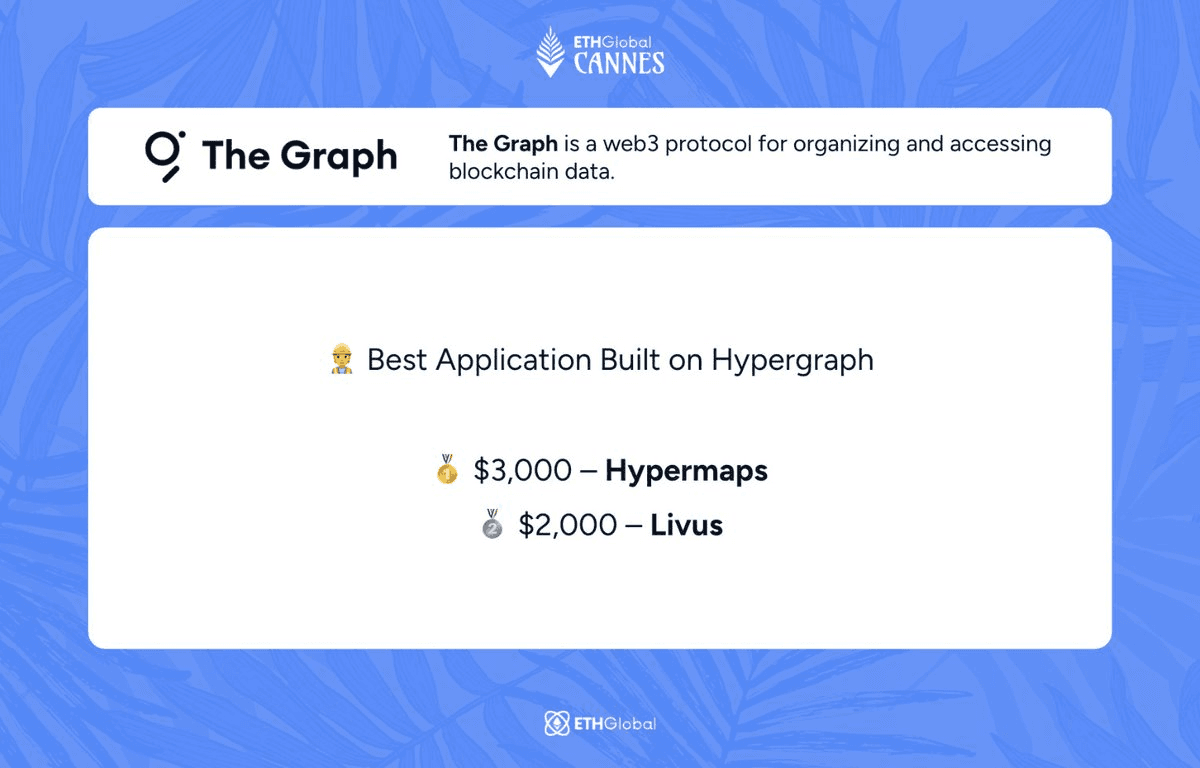Data indexing plays a crucial role in blockchain infrastructure, serving as the navigation system for the digital landscape.
- Think of blockchain without indexing like a city without maps or street signs
- Proper indexing enables efficient data retrieval and organization
- Essential for developers building applications and users accessing services
The absence of effective data indexing creates significant barriers to blockchain adoption and utility. Like a city's infrastructure, blockchain requires clear navigation systems to function effectively.
Key Impact: Without robust indexing solutions, users and developers face challenges in accessing and utilizing blockchain data efficiently.
Without data indexing, it’s like having a city with roads and buildings, but no street signs, no maps, and no way to find what’s going on 🛣️
The Graph Launches Interactive Web3 Learning Platform
The Graph has launched Builders Basecamp, an interactive learning platform designed to help Web2 developers transition into web3 development. Key features: - Bite-sized learning missions - Introduction to core blockchain concepts - Space-themed NFT rewards - Hands-on building exercises - Focus on smart contracts and blockchain indexing The platform offers a gamified approach to learning complex web3 concepts while maintaining practical educational value. Start your journey at [Basecamp](basecamp.thegraph.com)
White House Report Recognizes Network Tokens as Utility Assets
The White House's latest report on Digital Financial Technology emphasizes the distinction of network tokens like Bitcoin and Ether as utility assets that power decentralized protocols, rather than traditional equity instruments. Key points: - Network tokens serve as fuel for protocols vs delivering profit rights - The Graph ($GRT) exemplifies this model with 100+ independent indexers - These indexers stake tokens to secure a permissionless data layer - The protocol currently serves nearly 100 blockchains This regulatory clarity supports the development of decentralized infrastructure and open data systems.
The Graph Foundation Advocates for Clear Institutional Standards in Crypto

The Graph Foundation emphasizes the importance of balanced regulatory frameworks that support institutional engagement while preserving decentralization principles. This aligns with recent White House reports highlighting network tokens and utility assets. Key points: - Foundation supports clear standards for institutional crypto engagement - Focus on maintaining decentralization while enabling market growth - The Graph's model already demonstrates successful decentralized operations: * 100+ independent indexers * $GRT staking system * Serving nearly 100 blockchains The Foundation's stance reinforces their commitment to building open data infrastructure that remains accessible and resilient.
Top Ledger Achieves Major Cost Savings and Performance Boost with The Graph
Top Ledger has significantly improved their Solana data processing infrastructure by implementing Substreams on The Graph protocol: - Reduced infrastructure costs by $9,000 per month - Achieved 5x faster data processing speeds - Now supports 40+ Solana DEXs with subsecond latency - Real-time analytics capabilities enhanced This optimization follows a grant from The Graph Foundation to promote subgraph and Substream adoption in the Solana ecosystem. Read the detailed case study here: [Top Ledger Case Study](thegraph.com/blog/case-study)